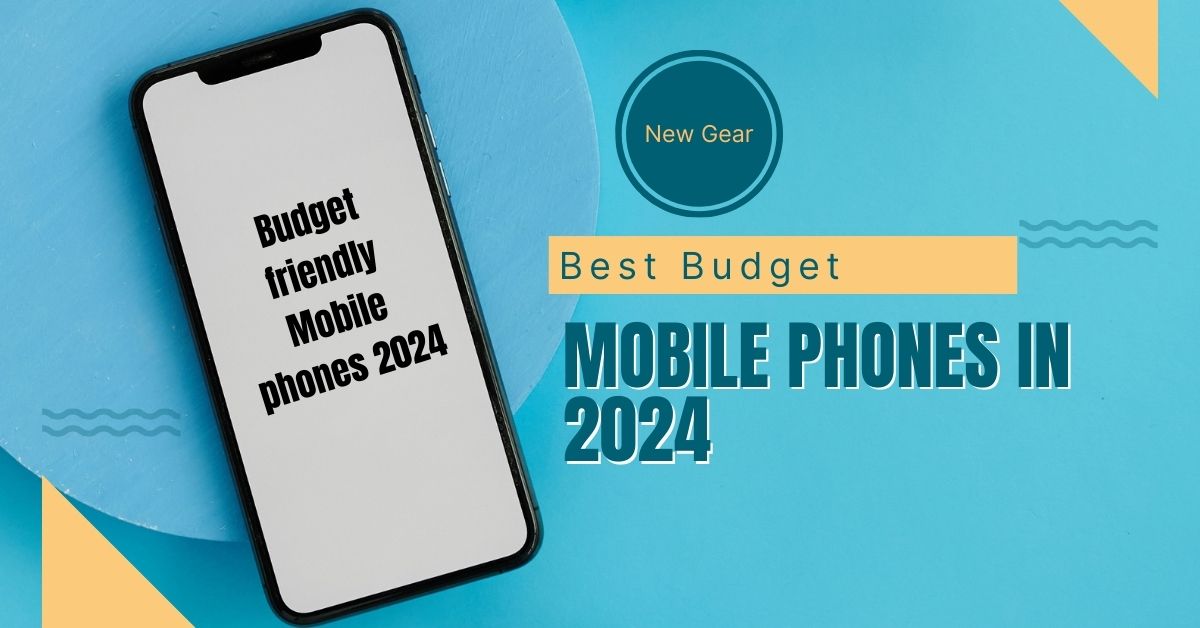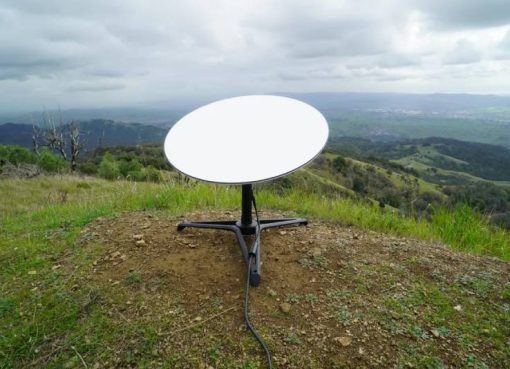Smartphones have become an essential part of our lives. They connect us, entertain us, and help us stay productive. However, the latest flagships can come with hefty price tags. This is where budget-friendly mobile phones come in.
These phones offer excellent value for money, allowing you to access the core functionalities of a smartphone without breaking the bank. Whether you’re a student, a casual user, or someone looking for a reliable backup phone, there’s a budget option perfectly suited for your needs.
This article explores the top 10 budget mobile phones in 2024, categorized based on their strengths. We’ll delve into their key features, target audiences, and why they stand out in the budget segment.
Table of Contents
Top Picks for Budget-Conscious Buyers
1. Best Overall: Samsung Galaxy A54 (Price Range: $300-$400)
The Samsung Galaxy A54 is a solid all-rounder that strikes a perfect balance between performance, features, and affordability. It boasts a vibrant AMOLED display, a capable camera system (including a powerful main sensor), and a reliable processor that can handle everyday tasks with ease. The phone also comes with Samsung’s One UI software, known for its user-friendly interface and helpful features.
Why it’s a Great Budget Option: The Galaxy A54 offers a complete smartphone experience without compromising on core functionalities. It’s ideal for users who want a reliable phone for daily use, social media, browsing, and even capturing decent photos.
2. Best Camera: Google Pixel 7a (Price Range: $350-$400)
Google’s Pixel series is renowned for its exceptional camera performance, and the Pixel 7a continues this legacy. Despite its budget-friendly price tag, the 7a packs a punch with its camera system, capturing stunning photos and videos that rival even high-end flagships. Google’s computational photography prowess shines through, offering features like Night Sight for low-light photography and Magic Eraser for removing unwanted objects from your pictures.
Why it’s a Great Budget Option: For photography enthusiasts on a budget, the Pixel 7a is unmatched. Its camera capabilities allow you to capture high-quality memories without sacrificing affordability.
3. Best Value: Moto G Play (2024) (Price Range: $150-$200)
The Moto G Play (2024) is a fantastic option for users seeking a basic yet functional smartphone at an incredibly affordable price. While it may not boast high-end specs, it delivers the essentials – a clean interface, reliable calling and texting capabilities, and access to basic apps. It’s perfect for someone who needs a phone for staying connected, browsing the web occasionally, and managing light tasks.
Why it’s a Great Budget Option: The Moto G Play offers exceptional value for the price. It’s ideal for first-time phone users, budget-conscious individuals, or those needing a secondary phone for basic needs.
4. Best Battery Life: OnePlus 12R (Price Range: $400-$500)
The OnePlus 12R stands out for its long-lasting battery life. It boasts a large capacity battery that can easily go through a full day on a single charge, even with moderate usage. Additionally, the phone supports fast charging, allowing you to quickly power up when needed.
Why it’s a Great Budget Option: This phone is perfect for heavy users who are constantly on the go and require a device that won’t leave them stranded with a dead battery.
5. Best Looking Design: Nothing Phone 2a (Price Range: $350-$400)
The Nothing Phone 2a stands out from the crowd with its unique transparent design. The back panel showcases the phone’s internal components, offering a visually striking aesthetic. Beyond looks, the phone packs a punch with decent specs and a capable camera system.
Why it’s a Great Budget Option: This phone caters to users who prioritize aesthetics alongside functionality. It delivers a stylish design without compromising on core functionalities.
Choosing the Right Budget Phone: Important Factors

Having explored some great budget phone options, let’s delve into some crucial factors to consider when making your choice:
1. Operating System (Android vs iOS):
- Android: Offers a wider variety of phones at different price points and greater customization options. However, software updates might not be as frequent or timely, especially for budget phones.
- iOS: Known for its user-friendly interface, smooth performance, and timely software updates. However, iPhones tend to be more expensive than comparable Android options.
2. Processor & RAM:
These components determine how smoothly your phone runs. For basic tasks like browsing and social media, a mid-range processor with 4GB of RAM is sufficient. If you plan on gaming or multitasking heavily, consider a more powerful processor and at least 6GB of RAM.
3. Storage Capacity:
Budget phones often come with limited storage. Consider your usage patterns. If you take a lot of photos and videos, opt for a phone with at least 64GB of storage or expandable storage via a microSD card.
4. Camera Quality:
Camera quality can vary significantly between budget phones. If photography is important, look for phones with a good main sensor, decent low-light performance, and features like HDR or portrait mode.
5. Battery Life:
A phone with good battery life is essential for all users. Look for phones with capacities of at least 4,000mAh and consider factors like display type and screen refresh rate that can impact battery drain.
6. Display Quality:
While budget phones might not have the highest resolution displays, prioritize a screen that’s bright enough for outdoor viewing and offers decent sharpness for everyday use.
7. Brand Reputation & Warranty:
Choose a brand known for reliable phones and offers a decent warranty period. A longer warranty ensures you’re covered in case of any hardware malfunctions.
Conclusion
Finding the right budget phone requires understanding your needs and priorities. By considering the factors mentioned above and researching the phones on this list (or similar options), you can find the perfect balance between affordability and functionality. Remember, there’s no single “best” budget phone – the ideal choice depends on your individual needs and usage patterns.





